
As the colder weather arrives, food growers often hurry to gather in the last of their summer season harvests.
They work to make sure that plants have adequate protection over winter, lift the plants that need to be lifted, and bring tender plants under cover.
Those of us with a shorter growing season often feel that we are in a race against time.
The good news, however, is that the first frost is not always a hard deadline when it comes to harvesting edible produce. In fact, some veggies even taste better after frost.
Sometimes, it is best to leave a crop in the ground a little longer so that its composition can be altered by a few light frosts.
While a hard freeze may be a different matter, there are a number of vegetables that improve in flavour after experiencing temperatures that drop a little below zero.
Why Veggies Taste Better After Frost
As you may already be aware, plants take in carbon dioxide and water and use sunlight to convert these into starch – the form in which a plant stores its energy.
Enzymes then convert this starch within the plants to sugar, as part of the process of protecting themselves against the cold during the winter.
A frost triggers certain hardy plants to begin producing more sugar.
The higher levels of sugar protect the plants. They can ‘stay warm’ by metabolising these plant sugars. The increased sugars also decrease ice formation in plant cells and can protect the cell membrane from freezing.
But in addition to being beneficial for the plants, the increased sugars also have another consequence – they can make the plants taste better to us!
10 Veggies That Taste Better After Frost
1. Parsnips

Parsnips are a vegetable traditionally served at Christmas and over the festive season. And there is a good reason for that.
These root vegetables really are at their best in mid-winter, after they have experienced a few frosts.
Parsnips after frost exposure really do taste a lot sweeter. Their sweet taste will be brought to the fore when they are drizzled with olive oil and honey and roasted in your oven.
2. Carrots
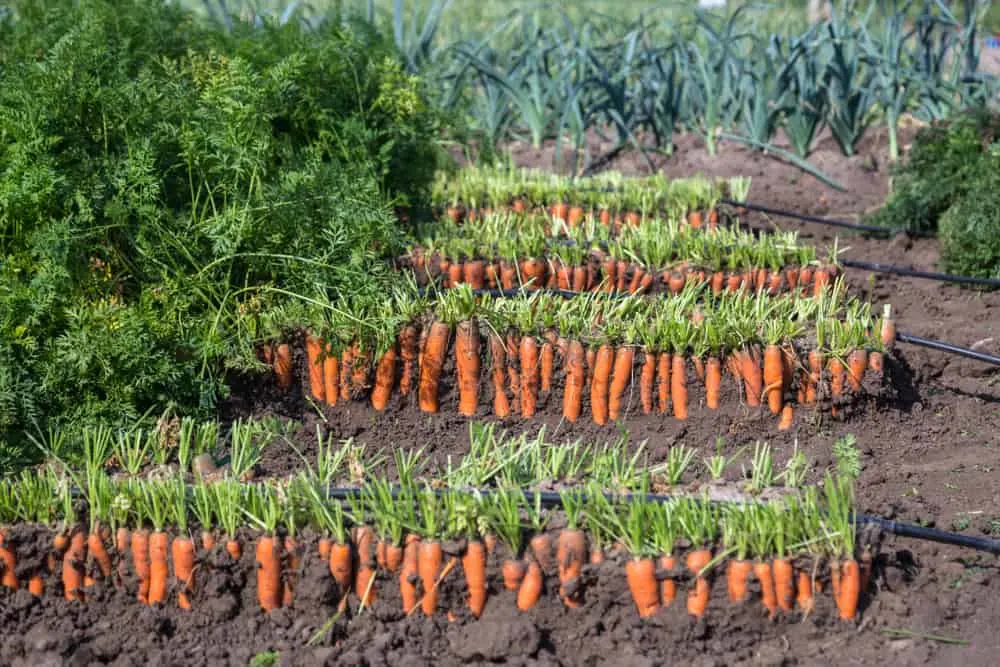
Carrots are another root crop that tastes sweeter after frost exposure. These are another common Christmas dinner feature, and they pair extremely well with parsnips.
Carrots too can be showcased at their very best by drizzling them with olive oil and honey and roasting them. Their sweetened taste also makes them great for a range of other recipes – including carrot cake, for example.
Increased plant sugars mean that lower amounts of other sugars or sweeteners will be required.
3. Beets
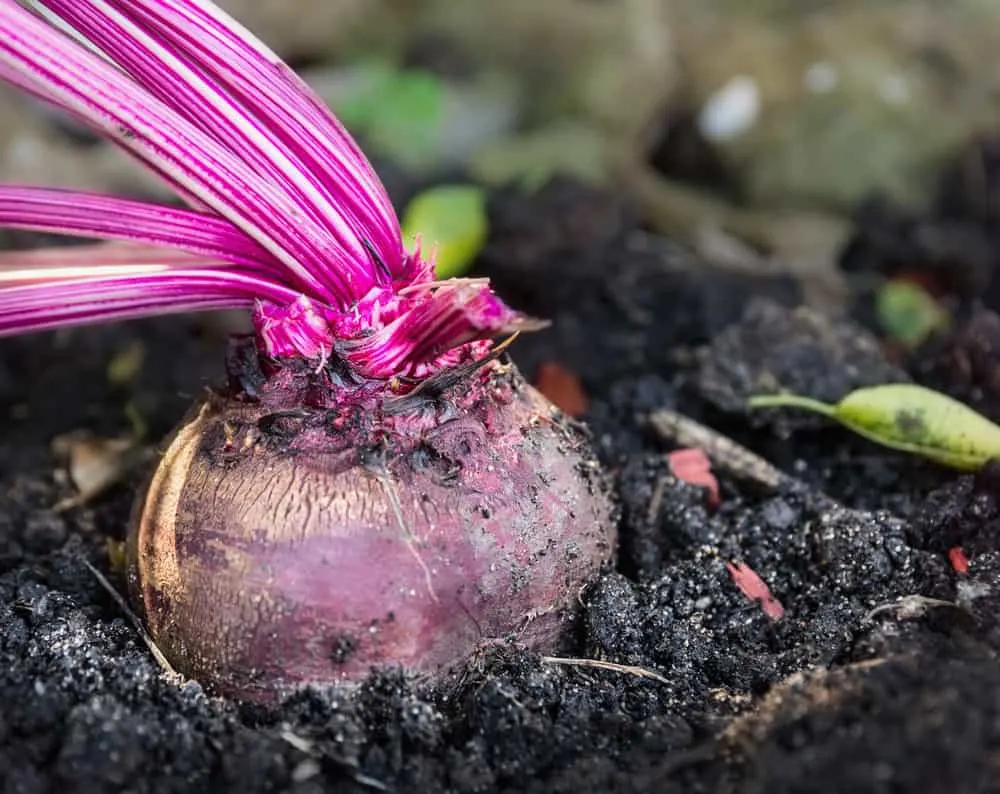
Beets are one of those vegetables that really divide opinion.
Some people love them, others cannot stand their earthy flavours. But if you are on the latter side of this divide, you may be a convert if you taste beets that have been sweetened by frosts.
As with parsnips and carrots, roasting your beets is the best way to showcase their sweeter flavour.
You could also make a cake with beets too – beet brownies, for example, are one popular option.
4. Celeriac
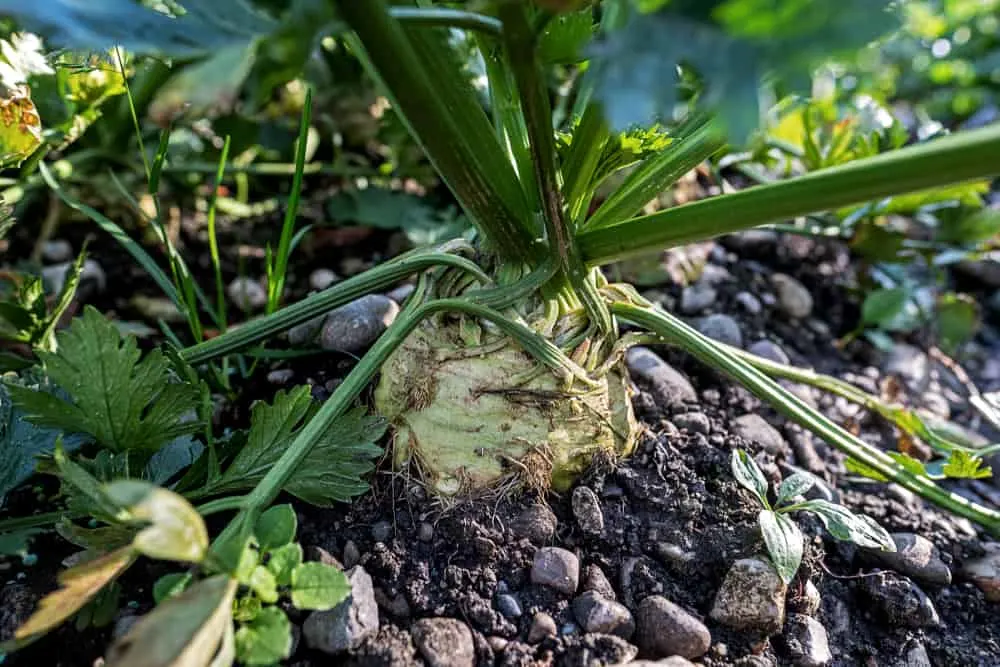
Celeriac is not exactly a looker of the vegetable world. But is can taste great – especially after some more of the starch has converted to sugars.
The increased sweetness after frost complements the nutty and celery-like flavour. And can make it even more tasty in a classic remoulade or in soups, stews or other recipes.
5. Brussels Sprouts
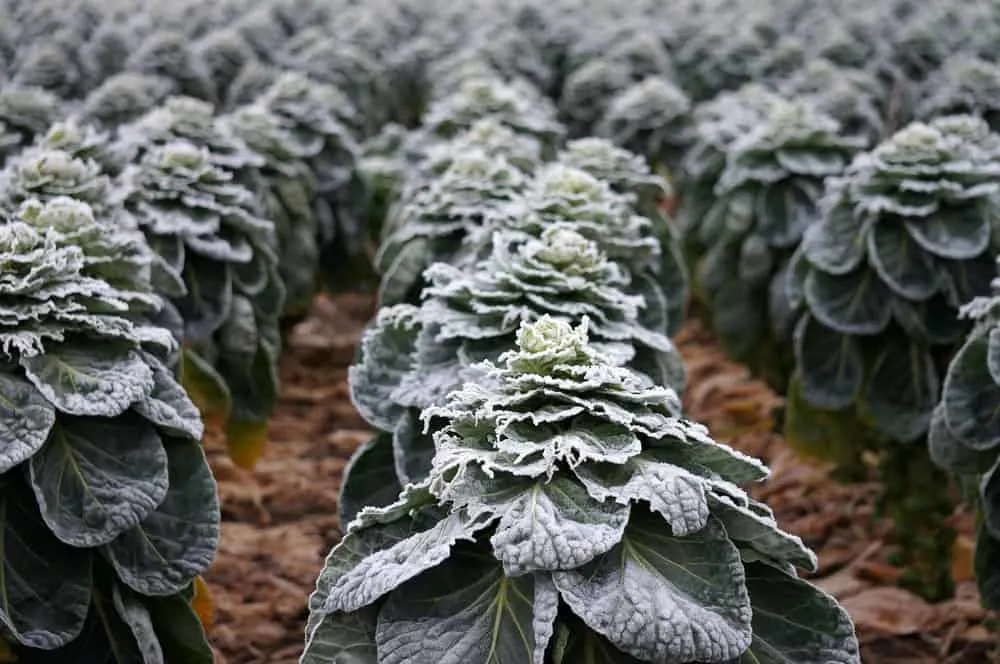
Brussels sprouts are another of those Christmas-time vegetables that people either love or loathe.
Again, if you are not a fan, it might be worth trying them later in the season, after they have experienced a good few frosts.
You can just steam or boil them, but the sweetness is brought to the fore if you roast them, to caramelise the sugars.
Brussels sprouts cooked in this way might just convert even the most staunch of sprout haters.
6. Kale
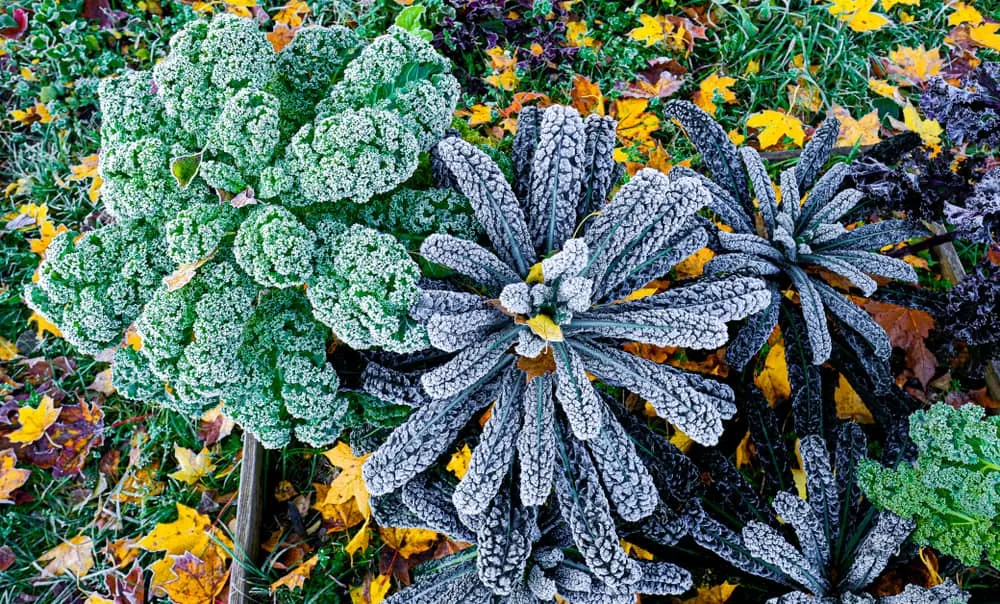
Kale is another member of the Brassica family, all of which taste better after frost.
This is a particularly hardy plant that can survive in the ground all winter in many areas, and almost anywhere with a little protection.
The leaves will taste better, sweeter and more flavoursome, after some frosts, so leave kale in the ground over the coldest months and just harvest leaves as and when they are required.
7. Cabbage
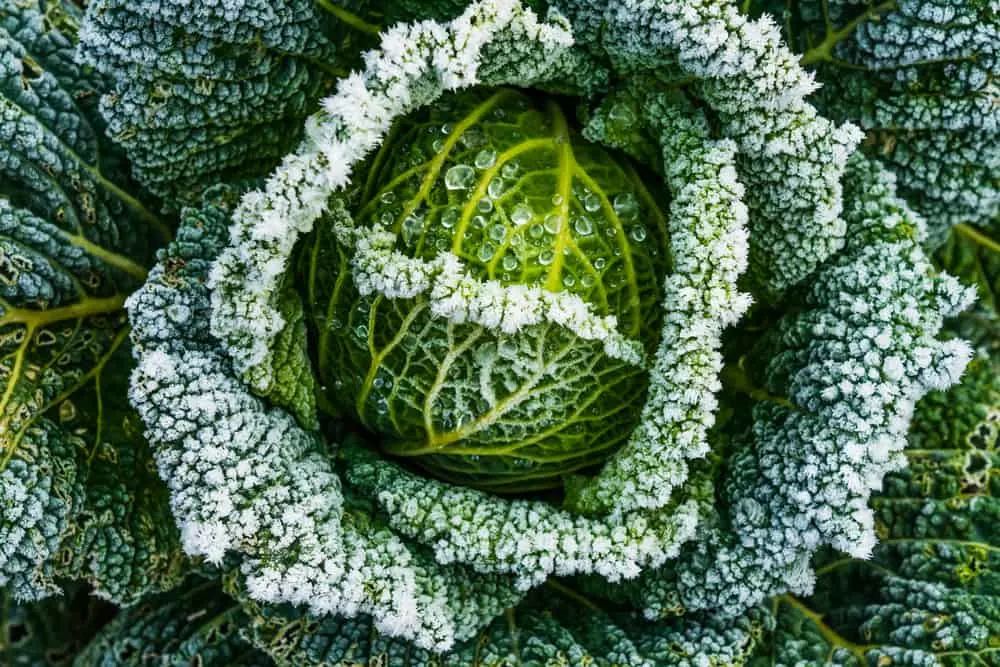
Winter cabbages and other leafy greens in the brassica family will also also share the same characteristics.
Many varieties can be surprisingly hardy during cold weather. Headed cabbages, even when a few outer leaves suffer due to exposure to the elements, can still be in great form in the depths of winter and will, in many cases, taste even better than summer crops.
There is good reason why brassicas have long been considered staples of the winter diet.
8. Turnips & Rutabagas
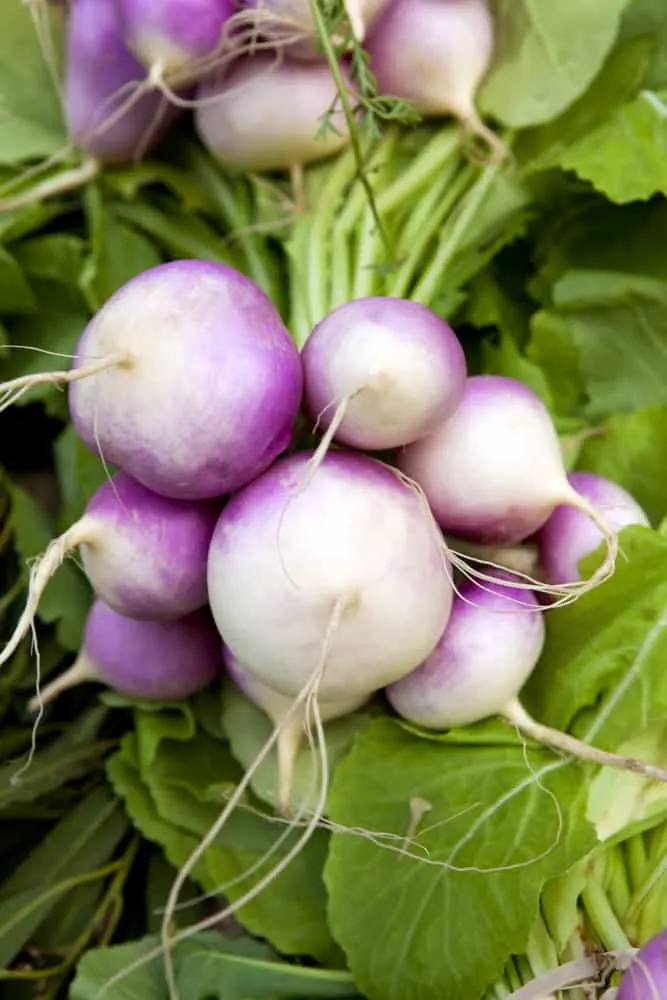
Some people are unaware that turnips and rutabagas (swedes/ neeps) are also members of the brassica family. Their tough and hardy roots can also become sweeter if left in the ground to experience a few frosts.
Another thing to bear in mind is that you can also eat the greens of these plants. These can be a valuable additional yield, and also taste sweeter in winter.
9. Swiss Chard
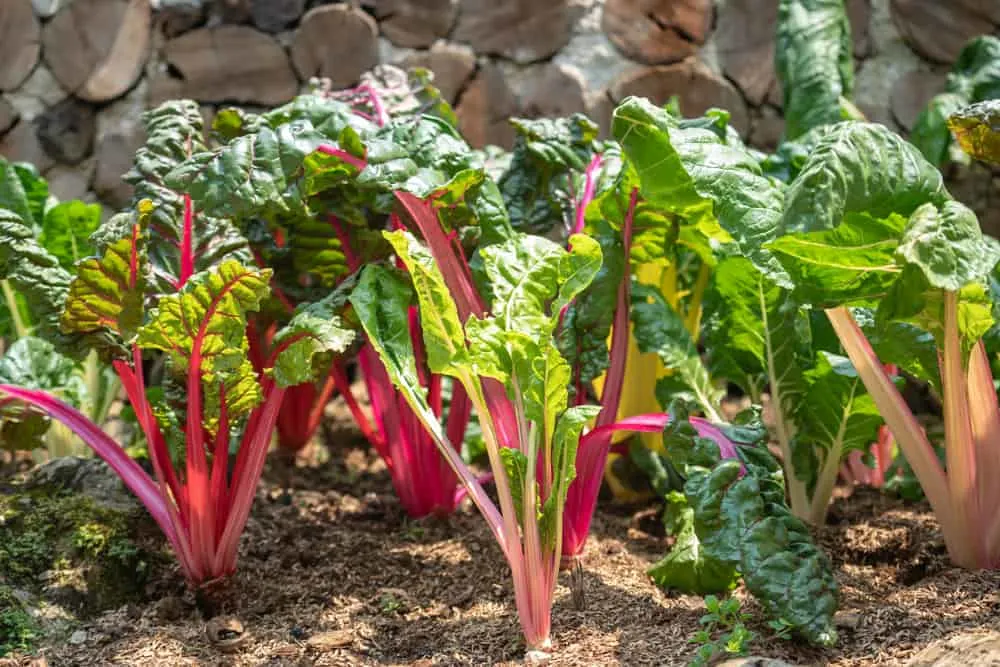
Swiss chard is another leafy green that can develop a sweeter and somewhat more pleasing flavour after some light frosts.
This is another pretty hardy plant that can survive temperatures down to around -9 C.
Sauté tougher leaves and stems or steam them to bring out their flavour and enjoy this crop at its best.
10. Leeks
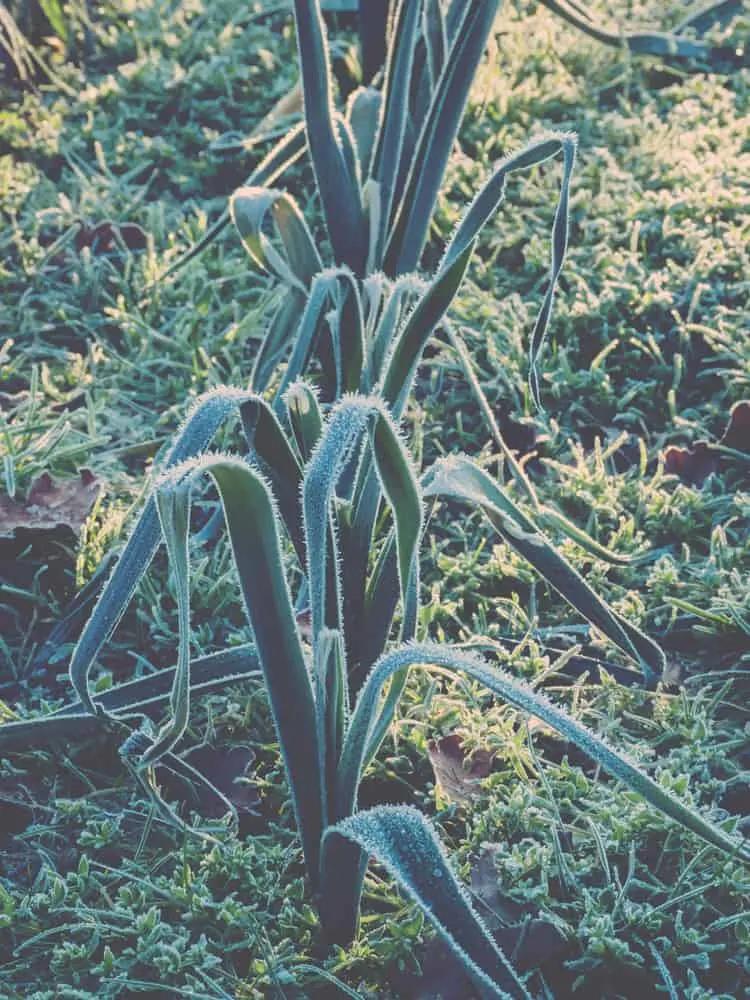
Finally, leeks – another staple of the winter garden.
Leeks can be left in the ground to be improved by frost all winter long. As long as the ground does not freeze hard, you can simply pull them up as and when you need them over the coldest months.
Choosing these veggies that taste better after frost is one more way to make sure you can harvest delicious food from your garden all year long.
Pin This To Save For Later
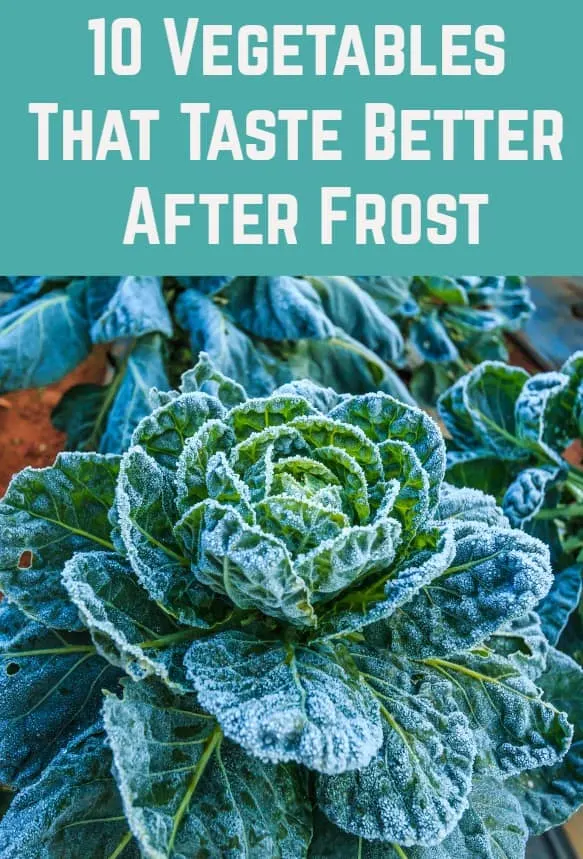
Read Next: 10 Veggies To Plant In Fall For An Early Spring Harvest

Get the famous Rural Sprout newsletter delivered to your inbox.
Including Sunday musings from our editor, Tracey, as well as “What’s Up Wednesday” our roundup of what’s in season and new article updates and alerts.

